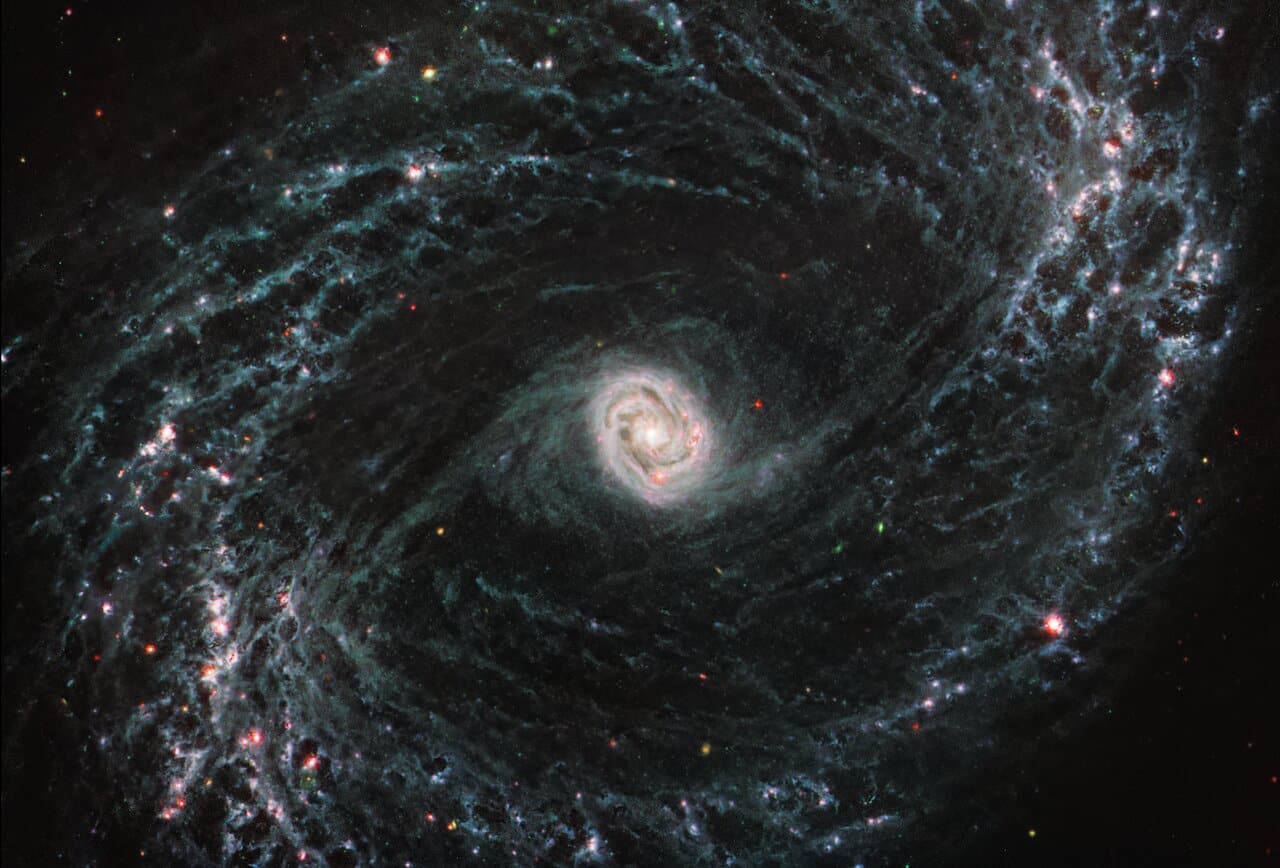
Webb offers first look at star formation, gas, and dust in nearby galaxies
Researchers using the NASA/ESA/CSA James Webb Space Telescope are getting their first look at star formation, gas, and dust in nearby galaxies with unprecedented resolution at infrared wavelengths. The data have enabled an initial collection of 21 research papers which provide new insight into how some of the smallest-scale processes in the Universe — the beginnings of star formation — impact the evolution of the largest objects in our cosmos: galaxies.
The largest survey of nearby galaxies in Webb’s first year of science operations is being carried out by the Physics at High Angular resolution in Nearby Galaxies (PHANGS) collaboration, involving more than 100 researchers from around the globe. The Webb observations are led by Janice Lee, Gemini Observatory chief scientist at the US National Science Foundation’s NOIRLab and an affiliate astronomer at the University of Arizona in Tucson.
The team is studying a diverse sample of 19 spiral galaxies, and in Webb’s first few months of science operations, observations have been made of five of those targets — M74, NGC 7496, IC 5332, NGC 1365, and NGC 1433. The results are already astounding astronomers.

Studying these interactions at the finest scales can help provide insights into the larger picture of how galaxies have evolved over time.
The PHANGS team will work to create and release datasets that align Webb’s data to each of the complementary datasets obtained previously from the other observatories, to help accelerate discoveries by the broader astronomical community.
The research by the PHANGS team is being conducted as part of the General Observer program 2107. The team’s initial findings, comprising 21 individual studies, were recently published in a special focus issue of The Astrophysical Journal Letters.
- Science Paper
JOURNALThe Astrophysical Journal LettersUNIVERSITYUniversity of Arizona





























